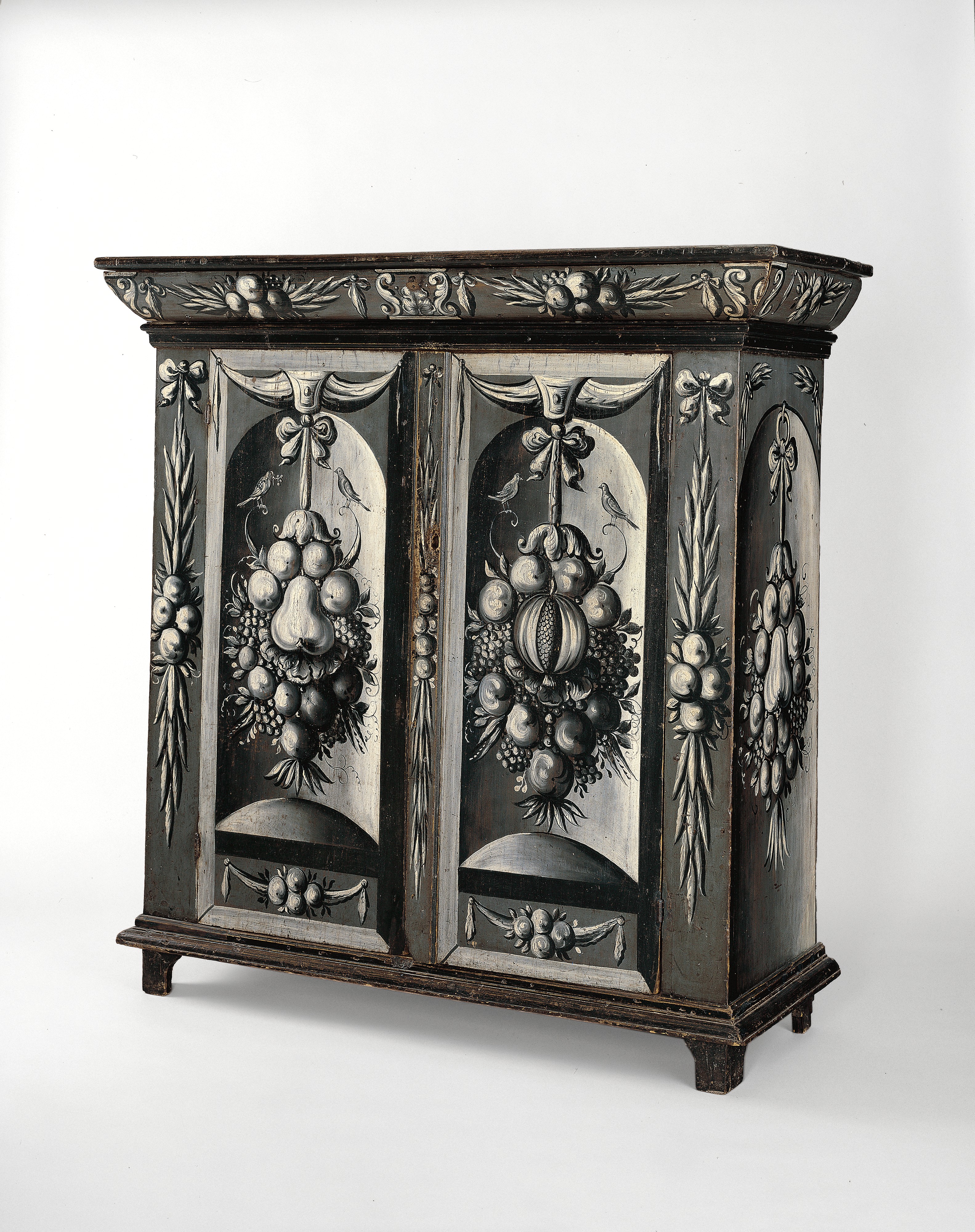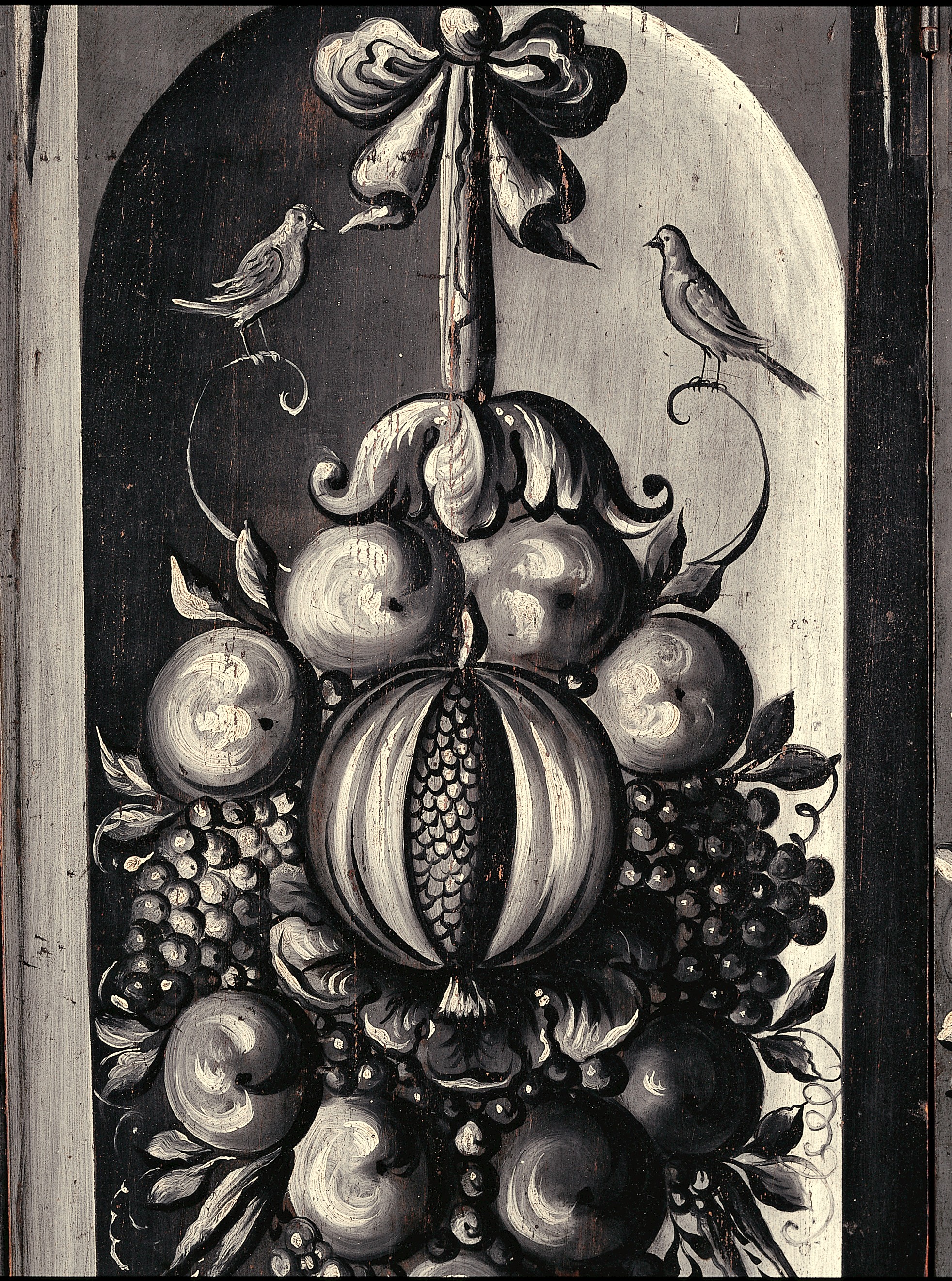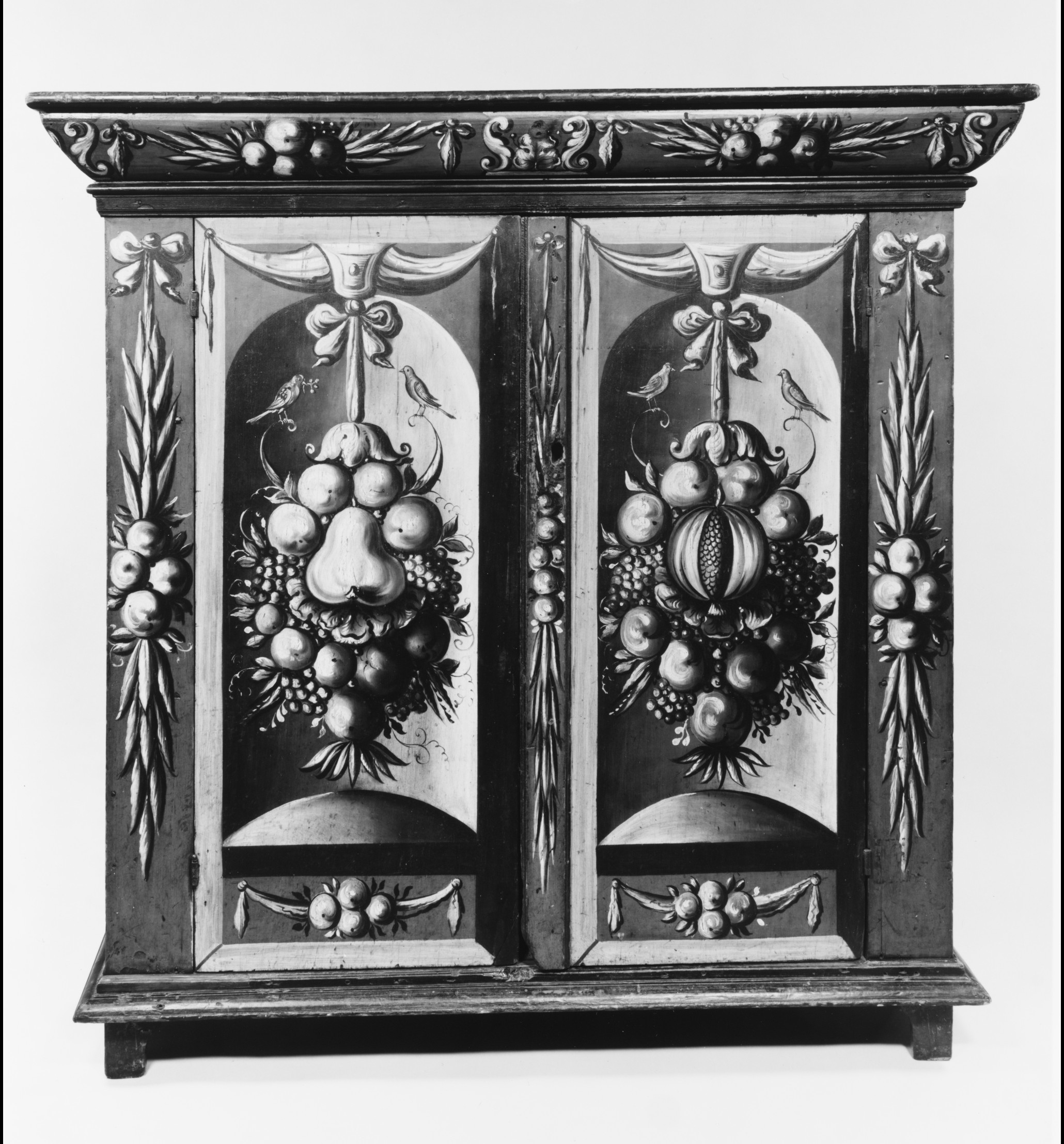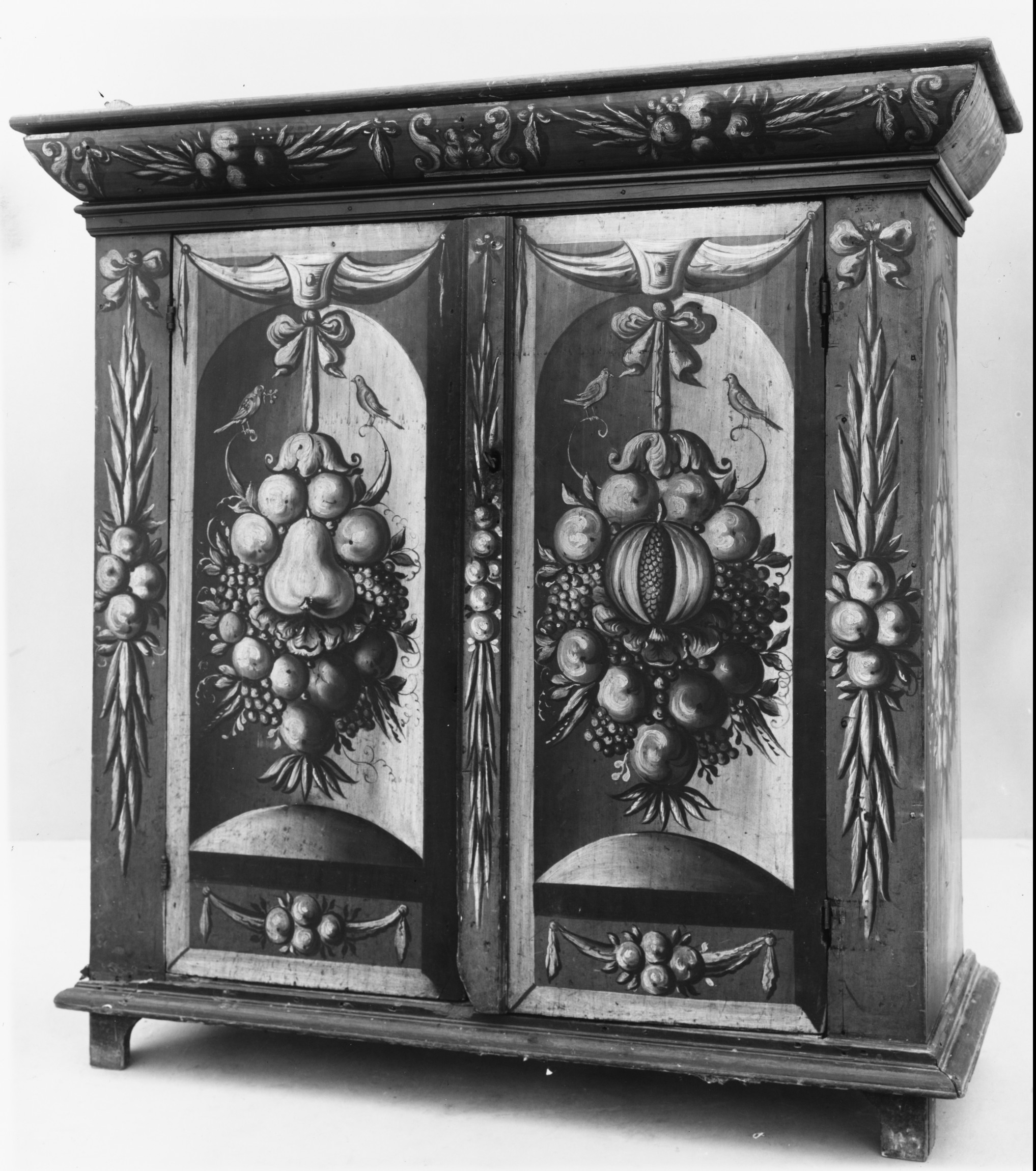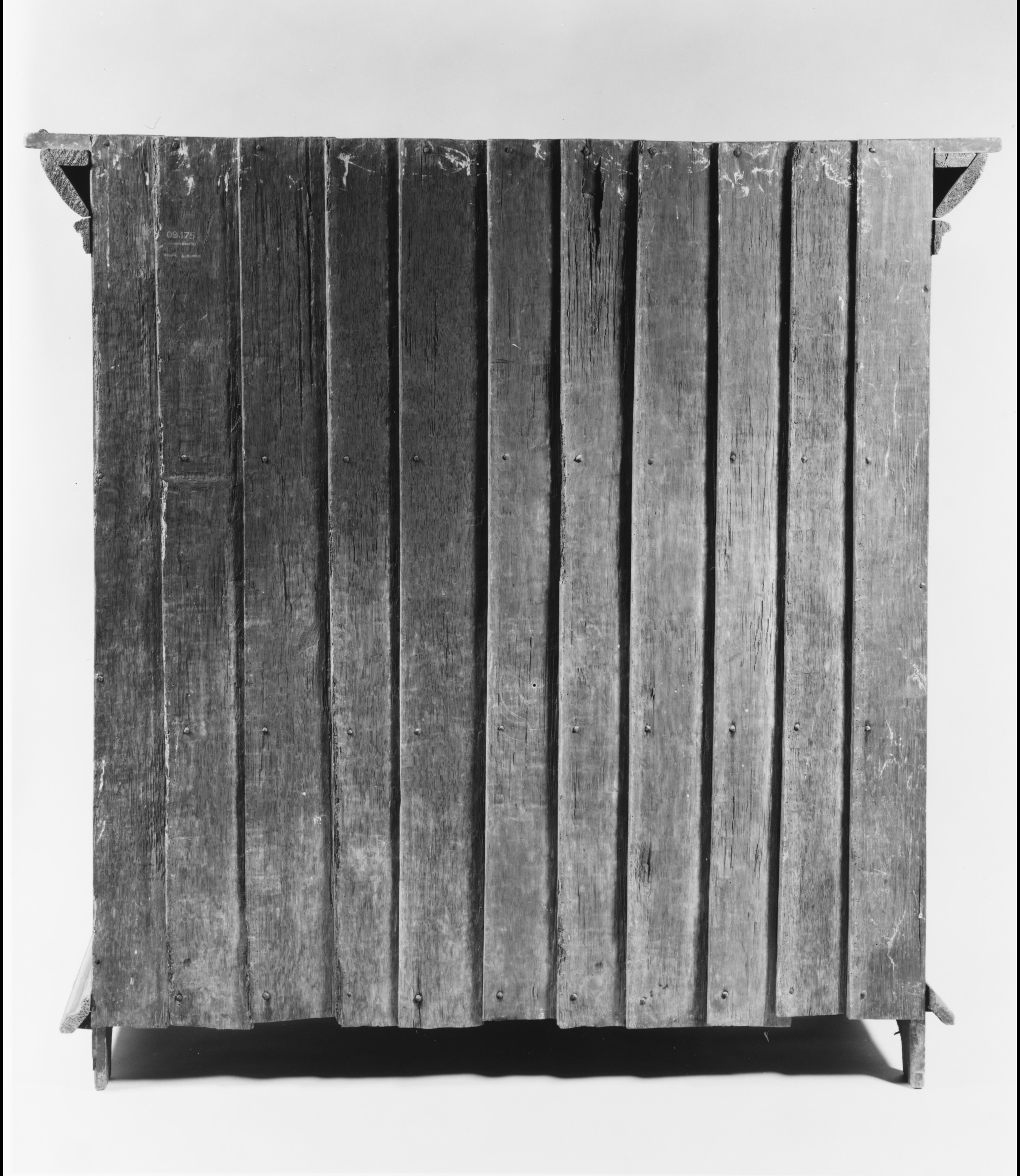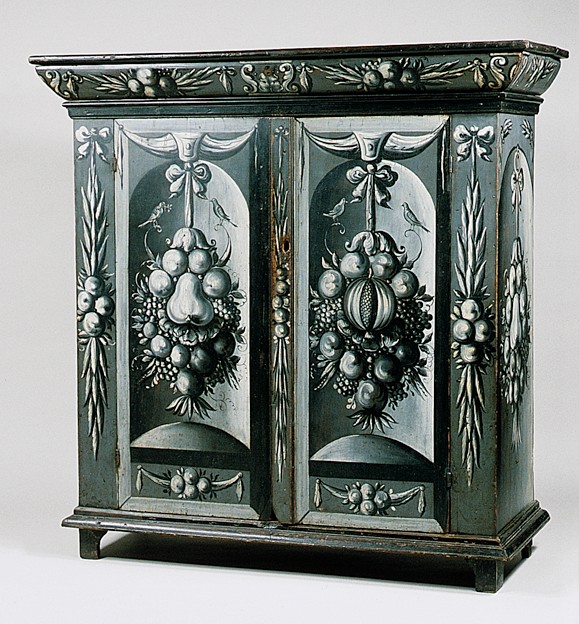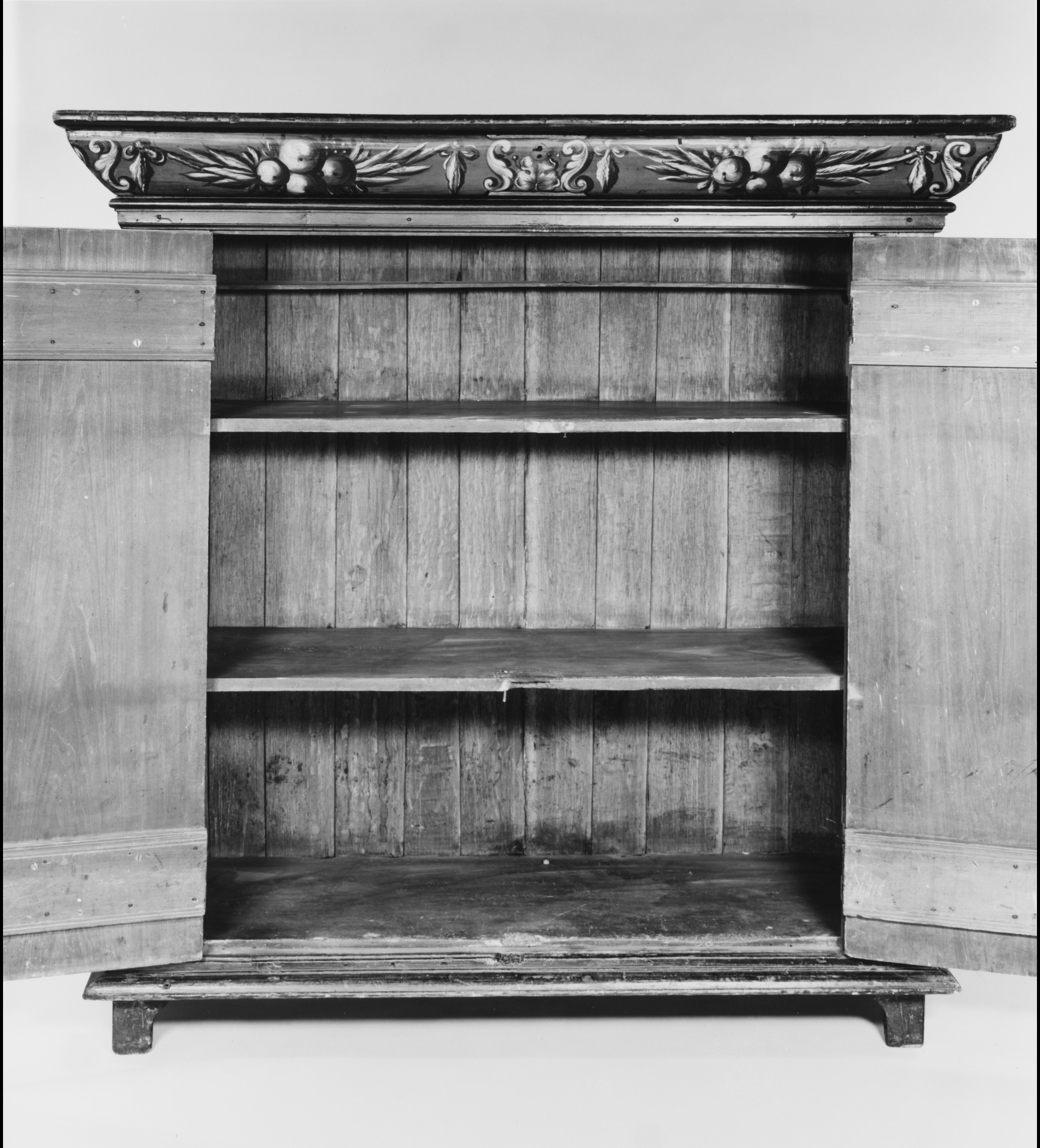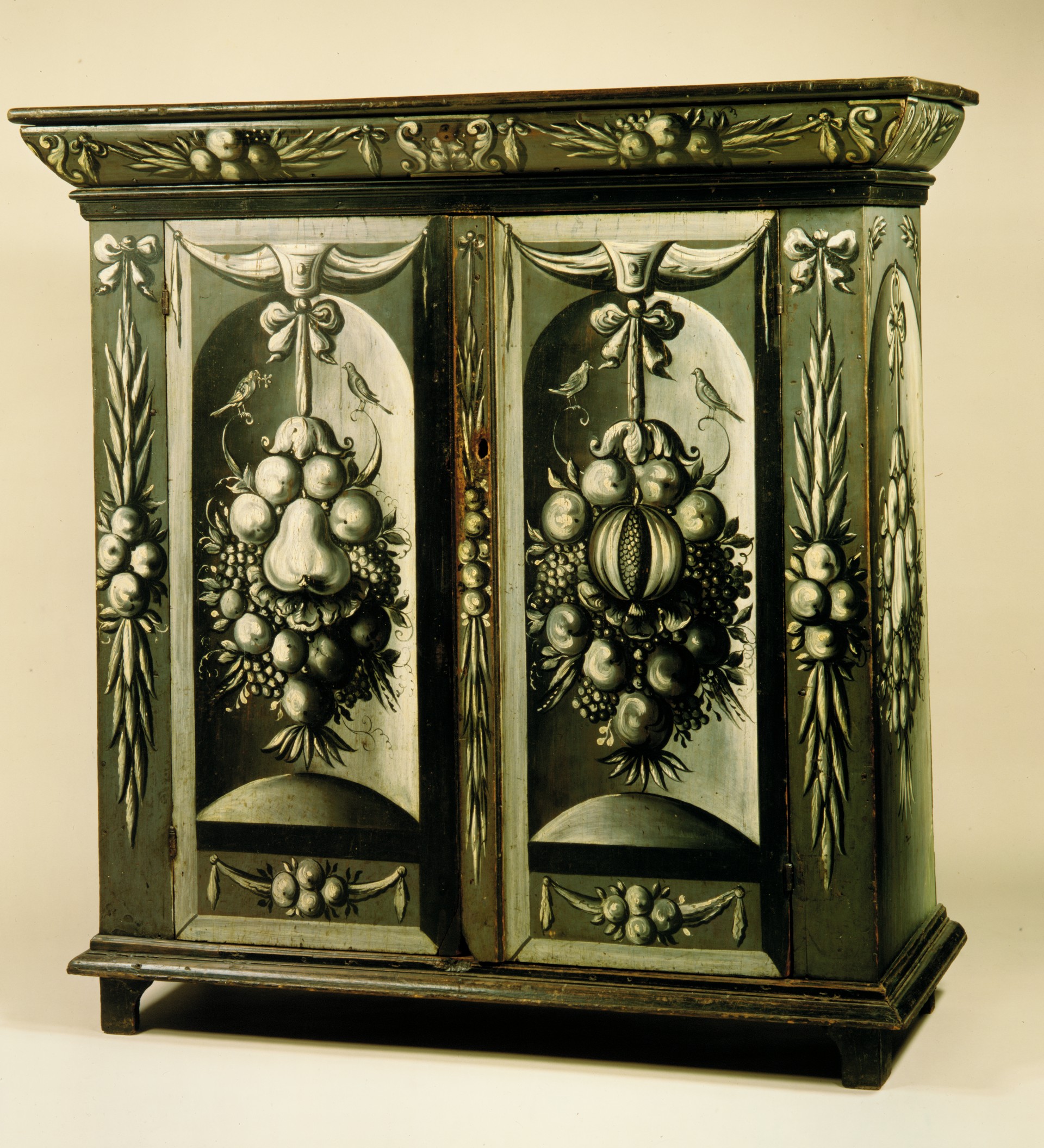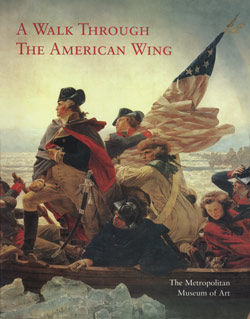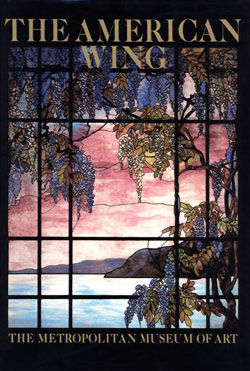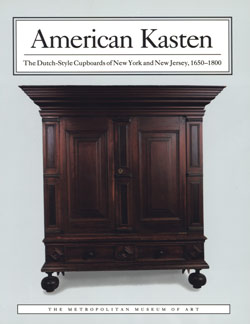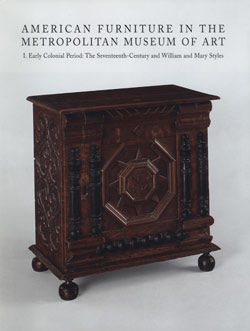Kast
Not on view
Painted with large pendants of fruit in niches, this piece represents both a type of cupboard—and a form of decoration derived from Dutch prototypes. The ornament, executed in blue-gray, black, and white in a technique known as grisaille, simulates in paint the opulent Baroque carved pendants and festoons popular in the Netherlands during the second half of the seventeenth century on interior woodwork and furniture. Kasten were used for storage of linens, and the pomegranate and quince at the center of the door panels—symbols of fertility and marriage—suggest that this may have been a dowry piece.
Due to rights restrictions, this image cannot be enlarged, viewed at full screen, or downloaded.
This artwork is meant to be viewed from right to left. Scroll left to view more.


